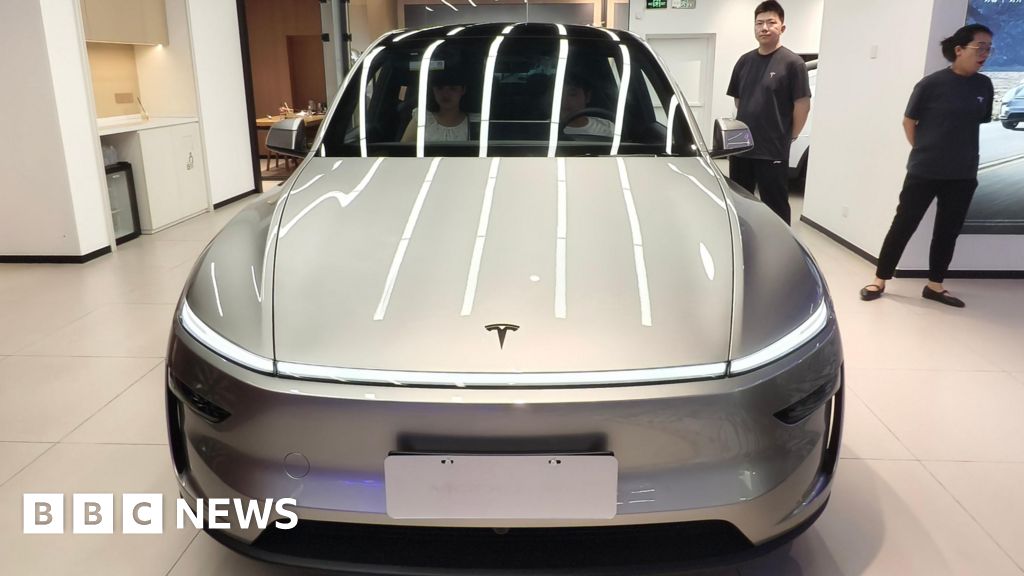Tesla’s Recent Performance: Revenue Records Amidst Profit Decline
Tesla has once again captured headlines, but this time the story blends both triumph and concern. The electric vehicle (EV) giant reported a record quarterly revenue of $28 billion for the three months ending September, representing a 12% increase compared to the same period last year. This surge in revenue can largely be attributed to a last-minute rush from U.S. buyers eager to take advantage of a key tax credit on electric vehicle purchases that came to an end last month.
The Revenue Surge
The reported revenue is a significant milestone for Tesla, highlighting its substantial market presence and the growing popularity of electric vehicles. As regulations tighten around emissions and sustainability becomes a greater priority for consumers, Tesla’s appeal continues to soar. This quarter’s results reflect not just consumer demand, but also the efficiency in Tesla’s production and sales strategies that have been finely tuned over years of operation.
Profit Decline Concerns
However, amidst this record revenue, the company faced a striking decline in profits. Tesla’s earnings dropped by 37% during the same period. This decline raises eyebrows and signals underlying challenges. Several factors contributed to this dip, including increased costs stemming from tariffs and research and development investments — reasons that may worry investors who might have expectations aligned with the revenue growth.
Shareholder Decision on Musk’s Pay Package
As the dust settles on the latest earnings report, larger strategic questions loom, especially regarding the leadership of CEO Elon Musk. A vote among shareholders is set for November concerning a new pay package for Musk that could reach an unprecedented $1 trillion. This package has sparked debates within investor circles, weighing Musk’s visionary leadership against the mixed financial performance of the company.
Stock Market Reaction
Following the announcement of its earnings, Tesla’s shares fell approximately 3.7% in extended trading, indicating a level of uncertainty among investors about the company’s future profitability. This decline is notable, especially given Tesla’s significant stock market valuation hovering around $1.4 trillion, bolstered by a broader investor confidence in Musk’s ambitions. Projections of Tesla transitioning into a leader in artificial intelligence (AI) and robotics have captivated market attention, yet these are still in the nascent stages.
Competitive Landscape
In addition to the nuanced financial performance, Tesla is also navigating a competitive landscape that is intensifying by the day. The emergence of Chinese electric vehicle manufacturers like BYD presents a formidable challenge. These rivals are not only pursuing aggressive pricing strategies but are also innovating rapidly, raising the stakes for established players like Tesla.
The Role of Vehicle Sales
While Tesla’s diversification into AI and robotics holds great promise for the future, it’s essential to recognize that vehicle sales continue to represent the company’s primary revenue stream. As new products are developed, the core automotive business remains vital. Investors and market analysts alike are keenly watching how Tesla will balance its ambitious innovation agenda while ensuring sustained profitability from its existing vehicle sales.
Tesla’s operational balance during this transformative phase will be crucial, as it seeks to retain its leadership in the electric vehicle market amidst increasing competition and evolving consumer expectations.



